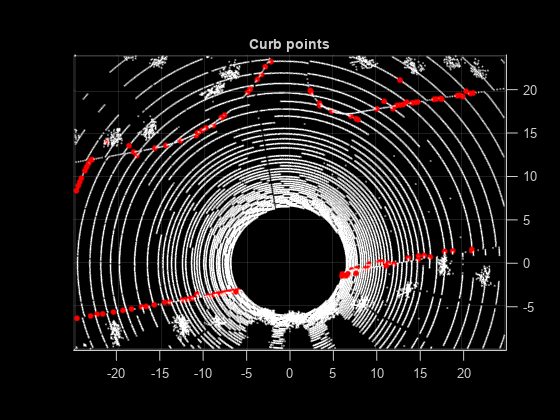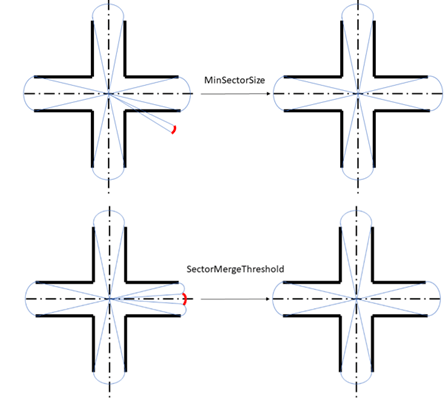detectRoadAngles
Syntax
Description
roadAngles = detectRoadAngles(offRoadPointCloud)
roadAngles = detectRoadAngles(offRoadPointCloud,Name=Value)MinSectorSize=10 specifies the minimum sector size required to detect a
road segment as 10 degrees.
Examples
Input Arguments
Name-Value Arguments
Output Arguments
Algorithms
Version History
Introduced in R2022b

